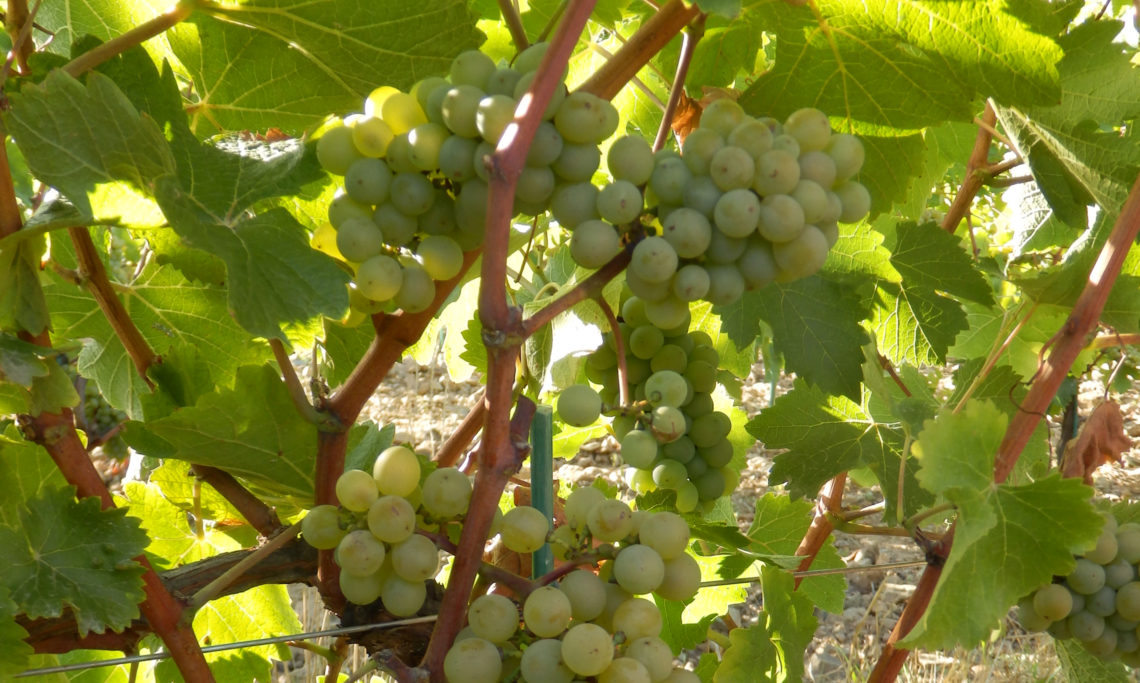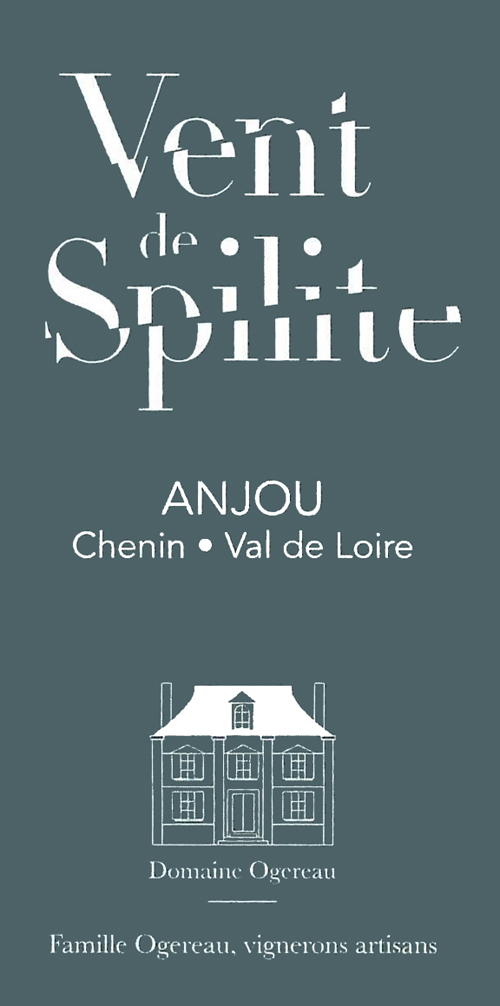Anjou Blanc Vent de Spilite
At a Glance
- Variety: Chenin Blanc
- Surface Area: 1.7 ha (4.2 ac)
- Vine Age: The oldest vines were planted in the 1950s, the youngest were planted in 2013 (massal selection).
- Terroir: From Pierre Bise in Beaulieu sur Layon, above a nature reserve on the right bank of the Layon river, west-facing, windy, shallow stony hillside with iron and magnesium-rich clay over a Spilite (basalt) bedrock.
- Viticulture: Organic (Ecocert), biodynamic (Biodyvin). Native grasses left unmown, short pruning, manual de-budding and leaf removal, low yields.
- Vinification: Pressed with whole clusters, ambient yeast fermentation and aging for 11-12 months on the lees in 228, 400 and 500 L barrels (0-30% new) and sometimes in stoneware amphora (2022), spontaneous malolactic conversion, blended and aged for an additional 2-6 months in tanks, filtered with diatomaceous earth, SO2 added before fermentation and before bottling.
Additional Info
Spilite is a rock that is neither rare nor common (Emmanuel knows of about 60 hectares in Anjou) but it is not often consecrated on its own. Emmanuel mentions only Litus by Eric Morgat, and Les Rouannières by Pierre-Bise.
Wikipedia states that Spilite is a “fine-grained igneous rock resulting particularly from the alteration of oceanic basalt.” (Rhyolite is its cousin.) It forms large, blueish-green blocks, that are not very friable. It degrades into clay, making it a more water-retentive terroir than schist. And it is high in magnesium which keeps pH low.
Emmanuel first isolated the terroir with the 2014 vintage. It is the wine that tied the knot for us. We started selling Vent de Spilite with the 2015 vintage, and it is even better. It doesn’t have the typical, wonderfully cray cray nose of Chenin on schist. It is beautiful though. More mannered, more reserved. Floral. Crushed powdery things that are half stones, half sweets. Herbal. Vinous. Peekaboo Chenin funk that hides deeper, in the core of the nose. There, petals have fallen on a pond and are fading. On the palate, minerality is the first salvo. In lunar phases that emphasize structure, it’s painful — it may be all you get. But we’re writing this on a fruit day, and there is a beautiful, lithe, fresh, silky, fruity texture. You’ll only notice Chenin’s tannic structure on the mid-palate after some time in the glass. It softens and expands and fills the wine out in a greatly satisfying manner. All throughout, the acidity remains vibrant. Vent de Spilite has breathed just enough during its élevage in wood, none of it new; there’s discrete creaminess, a Burgundian aesthetic.


